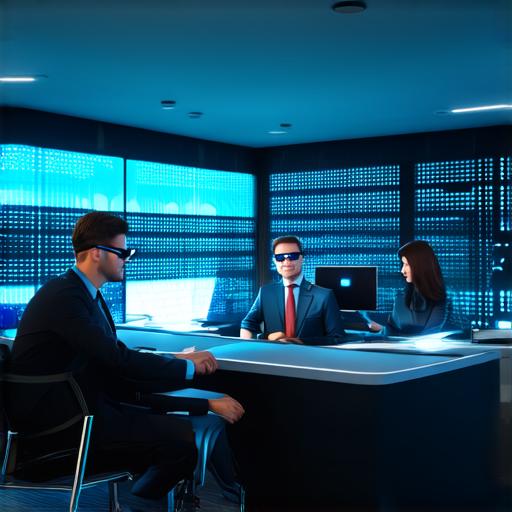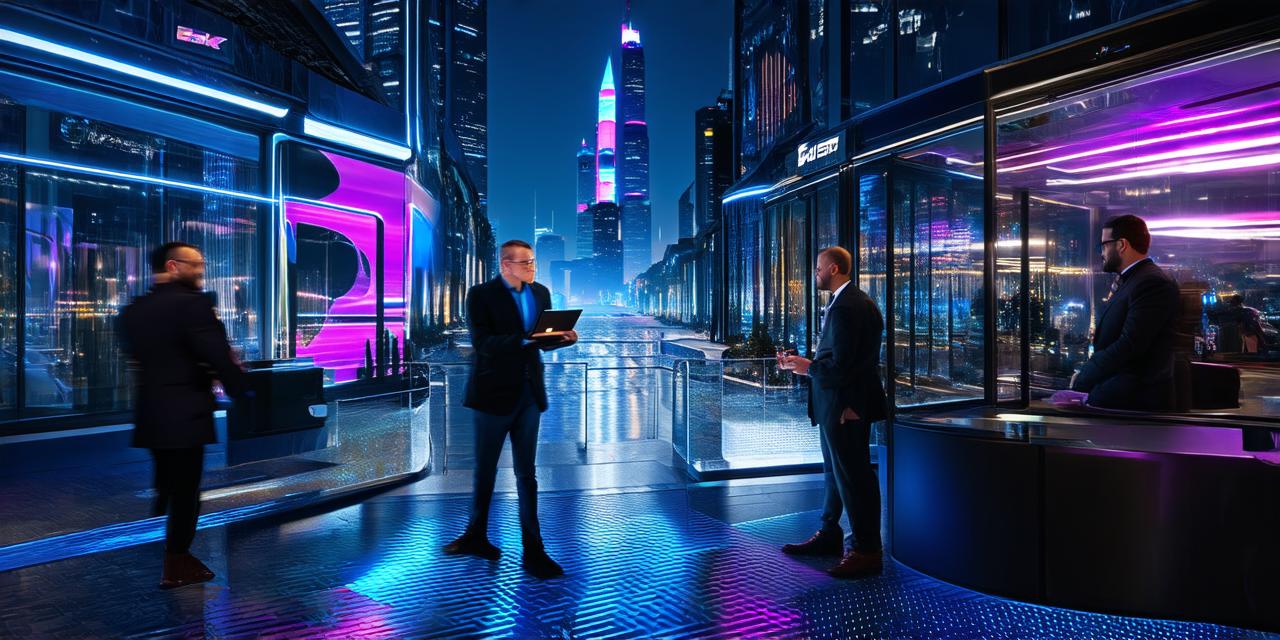
AR in marketing
One of the most effective ways that businesses can utilize AR is in marketing. By incorporating AR into their marketing campaigns, businesses can create immersive experiences that engage customers and drive sales. For example, IKEA’s AR app allows customers to visualize how furniture would look in their home before making a purchase. This not only helps customers make more informed decisions but also reduces the number of returns.
AR in e-commerce
Another way that businesses can utilize AR is in e-commerce. By using AR, businesses can create virtual try-on experiences for products such as clothes, makeup, and even furniture. This not only enhances the customer experience but also reduces the need for physical returns. For example, Sephora’s AR app allows customers to try on makeup virtually before making a purchase.
AR in education
AR can also be used in education to enhance the learning experience. By using AR, students can visualize complex concepts and interact with them in a more engaging way. For example, AR can be used to teach anatomy by allowing students to visualize the human body in 3D. This not only makes learning more fun but also helps students better understand the subject matter.
AR in healthcare
AR can also be used in healthcare to improve patient outcomes and reduce costs. For example, AR can be used to assist surgeons during procedures by providing real-time information about the patient’s anatomy. This not only improves the accuracy of the procedure but also reduces the risk of complications. AR can also be used to monitor patients remotely by allowing doctors to visualize vital signs in real-time.
AR in retail
AR can also be used in retail to create more engaging shopping experiences. For example, Lowe’s uses AR to help customers visualize how different products would look in their home before making a purchase. This not only helps customers make more informed decisions but also reduces the need for physical returns.
AR in manufacturing
AR can also be used in manufacturing to improve efficiency and reduce costs. For example, AR can be used to provide workers with real-time information about their tasks, reducing the need for physical instructions and improving accuracy. AR can also be used to simulate production processes, allowing manufacturers to test and refine processes before implementing them on the factory floor.
AR in entertainment
AR can also be used in entertainment to create more immersive experiences for customers. For example, Pokemon Go is an AR game that allows players to catch virtual creatures in real-world environments. This not only creates a fun and engaging experience but also encourages physical activity.
Case studies
There are many examples of businesses successfully utilizing AR to enhance their customer experience and increase sales. For example, IKEA’s AR app has been downloaded millions of times and has helped the company reduce the number of returns by 20%. Sephora’s AR app has also been downloaded millions of times and has helped the company increase sales by 40%.
Summary
AR is a powerful technology that can be used in many different ways to enhance the customer experience and increase sales. By incorporating AR into their marketing campaigns, businesses can create immersive experiences that engage customers and drive sales. AR can also be used in e-commerce, education, healthcare, retail, manufacturing, and entertainment to improve efficiency and reduce costs.
